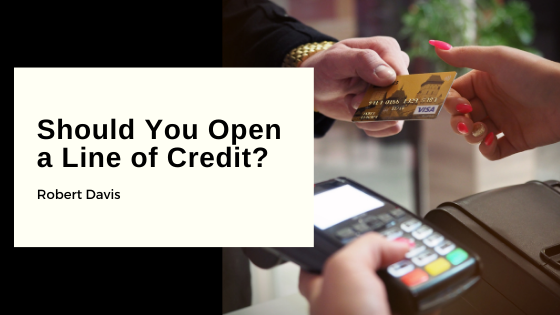At some point in time, almost everyone will experience some financial crisis or need some emergency funds. However, the people who weather financial crises the best are those who have prepared for them in advance. While we don’t always know when financial crises will hit, we know that eventually, they will come. Opening a line of credit is one way you can prepare for an unexpected emergency.
What Is A Line Of Credit?
A line of credit is generally issued by a bank or other financial institution based on your relationship with them. Lines of credit can be either secured or unsecured. Secured lines of credit use some assets as collateral, such as the equity in your home or a savings account or CD. Unsecured lines of credit don’t require any collateral and are generally issued based on either your credit score, your relationship with the financial institution, or both. Most lines of credit will often come with a set time frame known as a “draw period,” which can last anywhere from a few months to several years. If you don’t use your line of credit in this time frame, it will eventually expire.
How Is a Line of Credit Different From a Credit Card?
Technically speaking, a credit card is a line of credit, but it will generally come with higher interest rates, which can climb even higher if you withdraw cash. With a line of credit, you can either make a purchase or withdraw cash, usually for the same fees and interest rates. On the flip side, however, the draw period of a line of credit will eventually expire, whereas the line of credit on a credit card doesn’t have any expiration date and will usually remain open as long as your account is in good standing.
How Is a Line of Credit Different From a Personal Loan?
When you take out a personal loan, the funds are issued immediately and in full, with a set monthly payment and time frame for paying the loan back. With a line of credit, you can withdraw or use funds as you need them, and you are only charged interest for the amount that you use.
